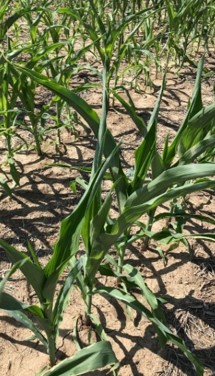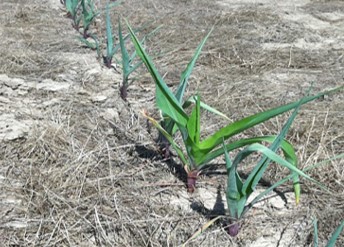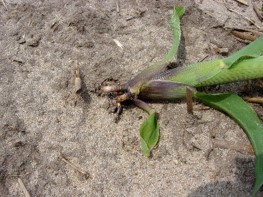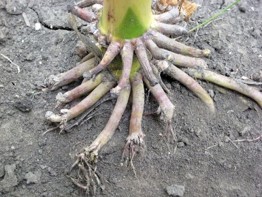Licht, M. and S. Archontoulis. 2017. Influence of Drought on Corn and Soybean. Iowa State Univ. Extension. https://crops.extension.iastate.edu/
cropnews/2017/07/influence-drought-corn-and-soybean
The foregoing is provided for informational use only. Please contact your Pioneer sales professional for information and suggestions specific to your operation. Product performance is variable and depends on many factors such as moisture and heat stress, soil type, management practices and environmental stress as well as disease and pest pressures. Individual results may vary. Pioneer® brand products are provided subject to the terms and conditions of purchase which are part of the labeling and purchase documents. CF210528
Author: Mark Jeschke
Vol. 13 No. 14 June 2021











